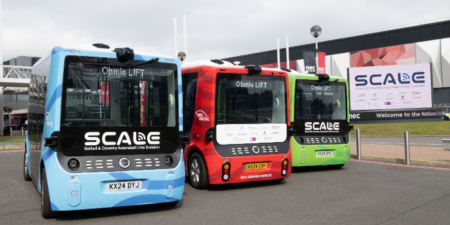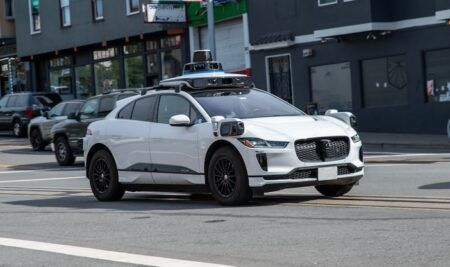A new report, based on a simulation model provided by PTV Group, explores the potential impact of electric, shared and self-driving vehicles on public transport in the Swedish city of Gothenburg.
The aim of the research was to analyze how self-driving vehicles will affect the city by modelling different scenarios, using Gothenburg’s multimodal modelling platform in PTV Visum software.
The project brought together researchers and traffic analysts from Trivector and the Swedish knowledge centre for public transport, K2.
In the virtual environment of PTV Visum, the researchers examined numerous possible developments. They focused on two forms of AV usage: car-sharing, where people use self-driving services privately, like today’s cars; and ride-sharing, where AVs are shared with other passengers, who have a similar destination.
The simulation results show that an increase in the use of self-driving vehicles does not automatically lead to less traffic. The total number of vehicles in the traffic network can vary without reducing the vehicle milage.
The study found that with shared self-driving vehicles, the total number of vehicles in the traffic system might be significantly less, but each vehicle drives more. Several of the simulated scenarios resulted in an increased traffic volume, despite a reduction in the overall number of vehicles.

Kim Örn, PTV Group, explains: “There are many uncertainties and open questions on how the autonomous future will develop. For instance, if AVs will increase our desire to travel more? How quickly society will adopt them? Digital models allow us to simulate in multiple combinations of assumptions which produce a range of future outcomes. The range of results enables planers to understand which assumptions have a greater or lesser influence on the outcome, stakeholders can make decisions with increased confidence.”
“Our work clearly shows that self-driving vehicles will have a major impact on the transport system and if applied correctly, they will create economic, ecological and social sustainability benefits,” say Fredrik Larsson, head of analysis at the Urban transport administration at the city of Gothenburg and Lennart Persson, head of Trivector Gothenburg. “But we must continue to develop our understanding of the concept through simulations, test beds and by understanding people’s attitudes”.
The report highlights the importance of knowing and understanding possible effects of new mobility services in order to minimize the negative impact. The researchers conclude that planning, legislation, and regulations must be aligned around AV ride-sharing services to ensure that AVs contribute to a sustainable mobility ecosystem in the future.
Images: AdobeStock





